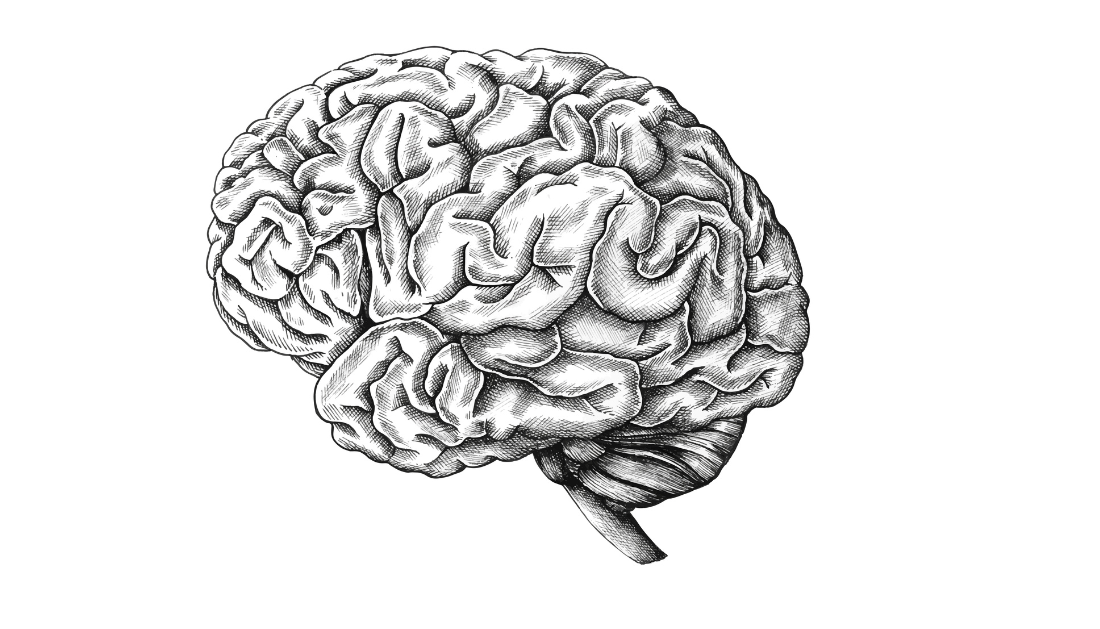

According to a study conducted by neuroscientists at Georgetown University, individuals who are born blind have a distinct pattern of connectivity in the area of their brain that receives and processes visual information in sighted people. It is said that each person has a distinct pattern in their primary visual cortex, similar to a fingerprint.
The results, which were published in PNAS on July 30, 2024, have significant ramifications for our knowledge of brain development and may facilitate the development of individualized rehabilitation and sight-restoring plans.
Researchers have known for many years that the visual cortex of individuals who are born blind reacts to a wide range of stimuli, such as touch, smell, sound localization, memory recall, and language response. But what has confused researchers is that there isn’t a single task that connects the key parts of the visual cortex activated by these activities. The new study provides a compelling explanation: variations in how each person’s brain organizes itself. It is led by Lenia Amaral, PhD, a postdoctoral researcher, and Ella Striem-Amit, PhD, the Edwin H. Richard and Elisabeth Richard von Matsch Assistant Professor of Neuroscience at Georgetown University’s School of Medicine.
“We don’t see this level of variation in the visual cortex connectivity among individuals who can see -; the connectivity of the visual cortex is usually fairly consistent. The connectivity pattern in people born blind is more different across people, like an individual fingerprint, and is stable over time -; so much so that the individual person can be identified from the connectivity pattern.”- Ella Striem-Amit, PhD, Edwin H. Richard and Elisabeth Richard von Matsch Assistant Professor, Neuroscience, School of Medicine, Georgetown University
A small sample of individuals who were born blind and had many functional MRI scans over a two-year period were included in the study. The researchers examined neuronal connections throughout the brain using a neuroimaging method.
“The visual cortex in people born blind showed remarkable stability in its connectivity patterns over time,” Amaral explained. “Our study found that these patterns did not change significantly based on the task at hand -; whether participants were localizing sounds, identifying shapes, or simply resting. Instead, the connectivity patterns were unique to each individual and remained stable over the two-year study period.”
Striem-Amit said these findings tell us how the brain develops. “Our findings suggest that experiences after birth shape the diverse ways our brains can develop, especially if growing up without sight. Brain plasticity in these cases frees the brain to develop, possibly even for different possible uses for the visual cortex among different people born blind,” Striem-Amit said.
According to the researchers, since each person has a unique brain connectivity pattern, it may be necessary to comprehend each person’s unique connectivity in order to better customize rehabilitation and sight-restoring treatments for blind people.
The study’s authors declare that they have no financial stakes in the outcome.
more recommended stories
 Vagus Nerve and Cardiac Aging: New Heart Study
Vagus Nerve and Cardiac Aging: New Heart StudyKey Takeaways for Healthcare Professionals Preserving.
 Cognitive Distraction From Conversation While Driving
Cognitive Distraction From Conversation While DrivingKey Takeaways (Quick Summary) Talking, not.
 Fat-Regulating Enzyme Offers New Target for Obesity
Fat-Regulating Enzyme Offers New Target for ObesityKey Highlights (Quick Summary) Researchers identified.
 Spatial Computing Explains How Brain Organizes Cognition
Spatial Computing Explains How Brain Organizes CognitionKey Takeaways (Quick Summary) MIT researchers.
 Gestational Diabetes Risk Identified by Blood Metabolites
Gestational Diabetes Risk Identified by Blood MetabolitesKey Takeaways (Quick Summary for Clinicians).
 Phage Therapy Study Reveals RNA-Based Infection Control
Phage Therapy Study Reveals RNA-Based Infection ControlKey Takeaways (Quick Summary) Researchers uncovered.
 Pelvic Floor Disorders: Treatable Yet Often Ignored
Pelvic Floor Disorders: Treatable Yet Often IgnoredKey Takeaways (Quick Summary) Pelvic floor.
 Urine-Based microRNA Aging Clock Predicts Biological Age
Urine-Based microRNA Aging Clock Predicts Biological AgeKey Takeaways (Quick Summary) Researchers developed.
 Circadian Control of Neutrophils in Myocardial Infarction
Circadian Control of Neutrophils in Myocardial InfarctionKey Takeaways for HCPs Neutrophil activity.
 E-Cigarette Use and Heart Attack Risk in Former Smokers
E-Cigarette Use and Heart Attack Risk in Former SmokersKey Takeaways for Clinicians and Nurses.

Leave a Comment